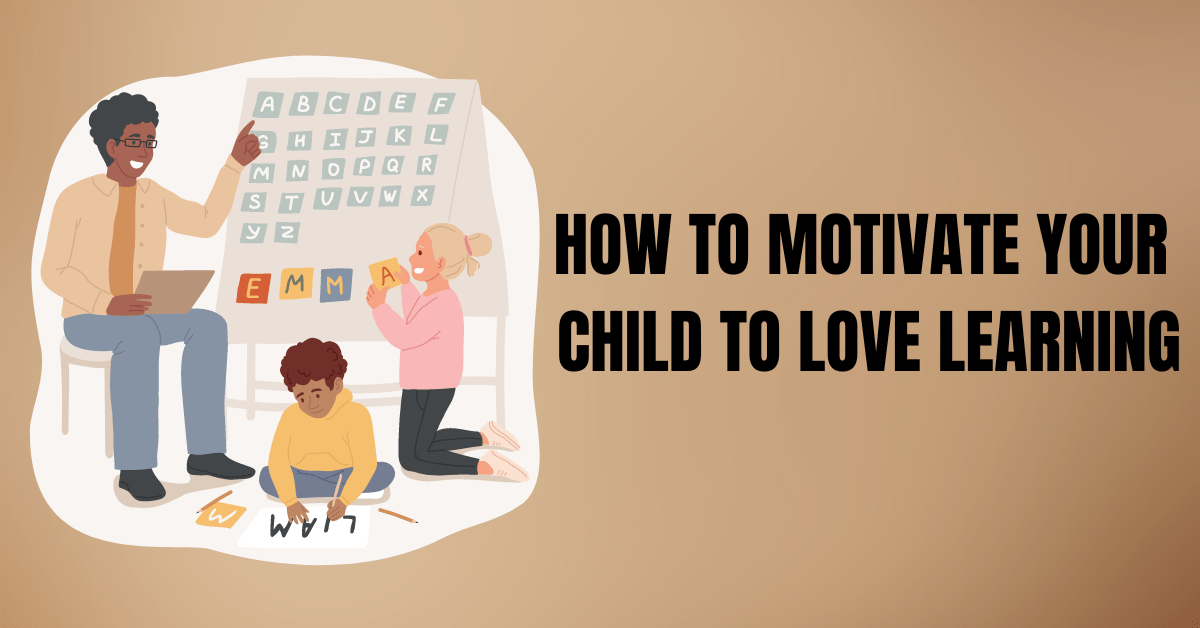
Two San Francisco parents promote the city’s public schools at a city resource fair.
Credit: SF Department of Children, Youth and Families
If you live in San Francisco or have been here recently, you may have started seeing window signs or bumper stickers that say “I love my SF public school.” And if you’re not a San Francisco public school parent or student, you might be surprised to see these signs, given the prevailing narrative about the public schools in our fair city and in other urban areas. It turns out there are plenty of satisfied — even enthusiastic — public school parents and students in our big cities.
In California, and across the country, there is a pervasive narrative that urban public schools are “bad” and suburban schools are “good.” (Example: The San Francisco Chronicle reported that a small East Bay suburb has “better” schools than San Francisco like it’s an objective fact.) Describing a school, let alone an entire school system, as “good” or “bad” is lazy at best and coded racism at worst. Why? Because we typically rely on test scores and numerical ratings to identify a “good” school, and those ratings are highly correlated with race and income.
And there is so much more to a school than reading and math test scores.
Instead, we should talk about “fit” because a school that is a great fit for one kid may be a terrible fit for another. I am a graduate of the vaunted Palo Alto public school system. It was a good fit for me because I thrived (mostly) in a competitive academic environment; it was a terrible fit for one of my relatives, whose special needs were never adequately met in that system.
To determine a good fit, we parents and caregivers have to get really specific about what we’re looking for in a school and what each of our kids needs. Do we want rigorous academics? Arts education? A focus on social justice? Support for social-emotional development? A diverse student body?
Next, we need a reliable source of information. You can certainly learn something from looking at numerical data, like the School Accountability Report Cards. But if you really want to know whether a given school has what you’re looking for, the best source of information is current students, parents and caregivers.
If you ask urban public school parents what they think of their public schools, you will certainly hear both positives and negatives, as you would anywhere, including the suburbs. Since you can find a litany of complaints via a quick Google search, and in the spirit of the “I love my SF public school” campaign, I will focus on the positives. Here are the many things those of us displaying the signs in San Francisco — and sharing similar sentiments across the state — love about our kids’ schools:
- The rich diversity of our cities is reflected in our schools. San Francisco middle school parent Jessica Franklin appreciates that her kids “are learning to engage with, interact with and learn from so many people who are so different from themselves.” Hanson Li says that, as a first-generation immigrant, he appreciates the district’s “continued commitment to immersive language programs.” His high schoolers are fluent in Mandarin and Cantonese after attending elementary and middle schools with language programs.
- Our teachers are incredible. They are skilled and experienced: At her kid’s elementary school in San Francisco, Autumn Brown Garibay says five teachers have been at the school for more than 20 years, and many teachers sent their own kids to the school. They are dedicated: Sonia Gandiaga’s eighth grader in San Francisco has an “incredibly committed math teacher” who made her love math and feel confident in her math skills. They are committed to learning the latest, most effective teaching methods: At my son’s school, teachers learned how to teach a research-based phonics program and supported each other to implement the program.
- Our schools have a strong sense of community that is intentionally cultivated by teachers, school leaders, and families. Oakland middle school parent Monica Purdy appreciates how effectively her son’s school is supporting his transition into sixth grade, with camping trips to build community, weekly mentoring and individual counseling. In Los Angeles, Sara Light appreciates that her kids’ school draws from the surrounding neighborhood, which helps facilitate the feeling of community.
- Our children have access to enrichment programs and field trips that come with living in a world-class city. At the middle school Franklin’s kids attend, in just one year, students participated in collaborations with six different arts organizations, including the San Francisco Opera, Hip Hop for Change, and Alonzo King LINES Ballet.
No school or school district is perfect. As public school parents, we are the first to admit that our schools have areas that need improvement. Still, there are many things we love about our urban public schools.
•••
Jennie Herriot-Hatfield is a K-12 education consultant, former elementary school teacher, and public school parent in San Francisco. She serves on the board of directors for SF Parent Coalition, which advocates for a thriving, equitable school system.
The opinions in this commentary are those of the author. If you would like to submit a commentary, please review our guidelines and contact us.

